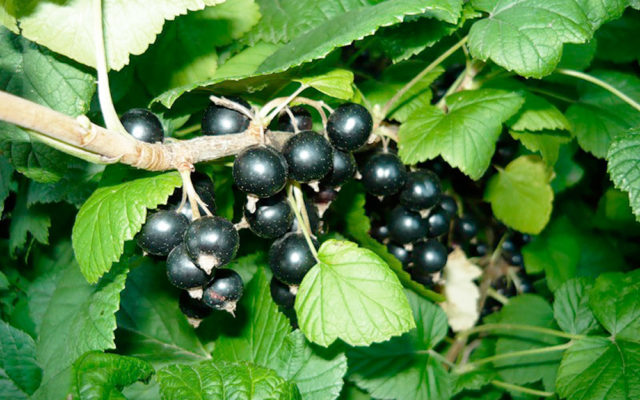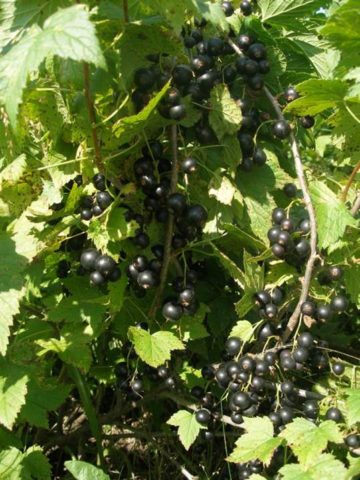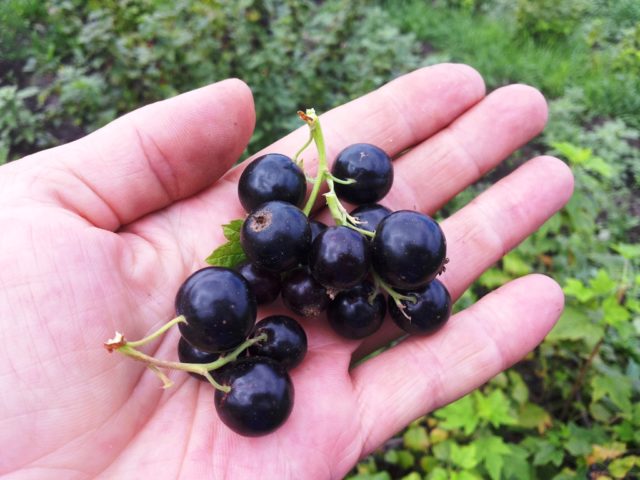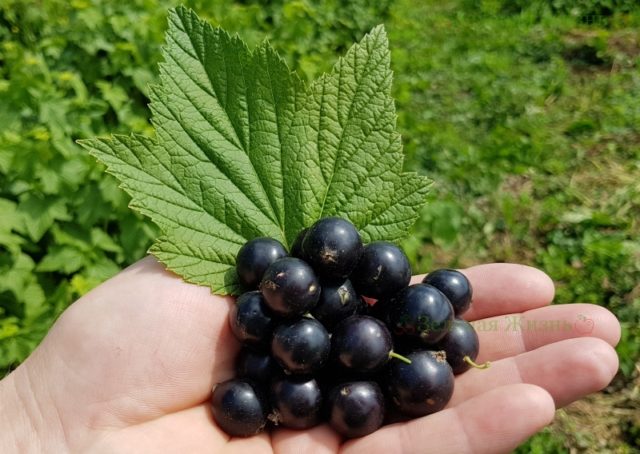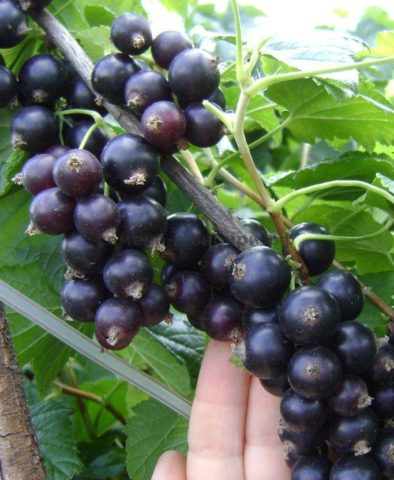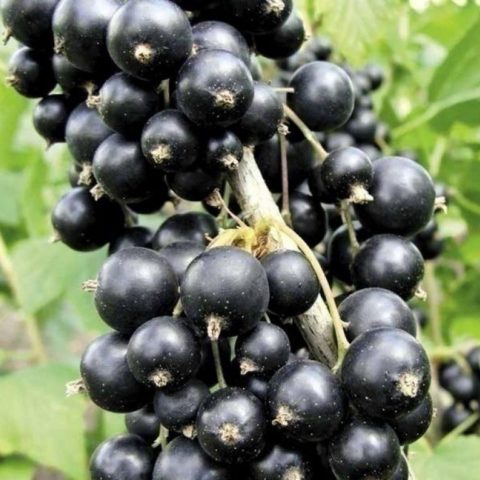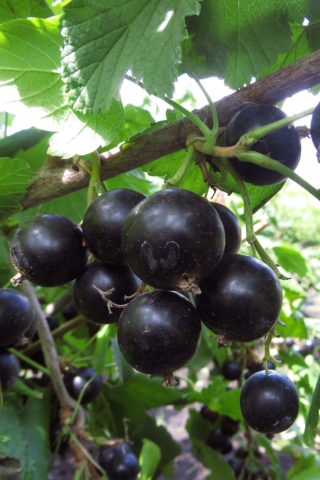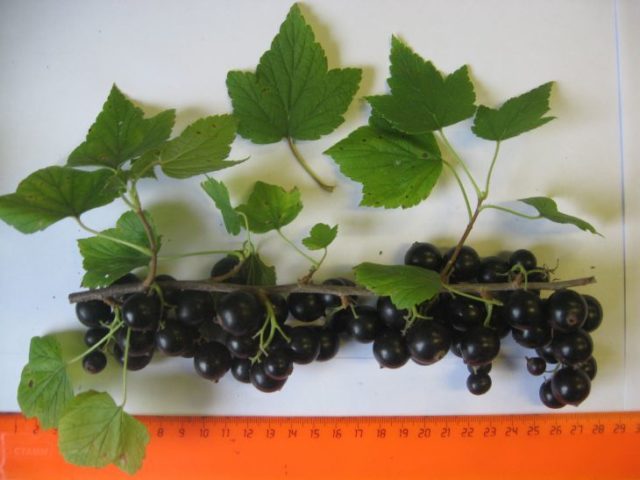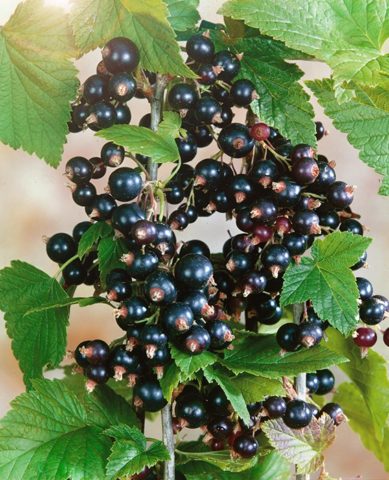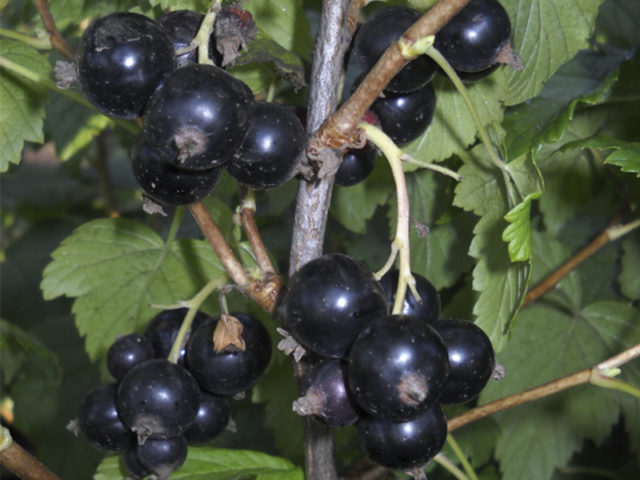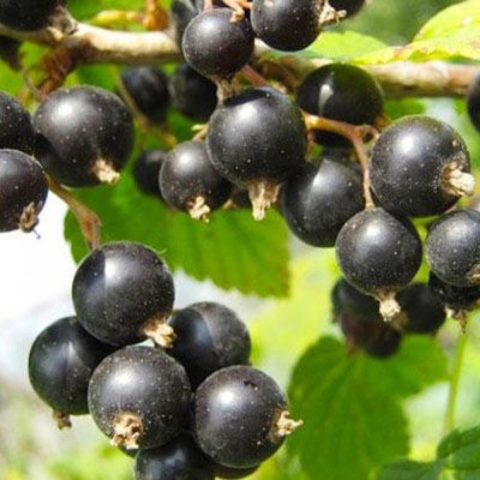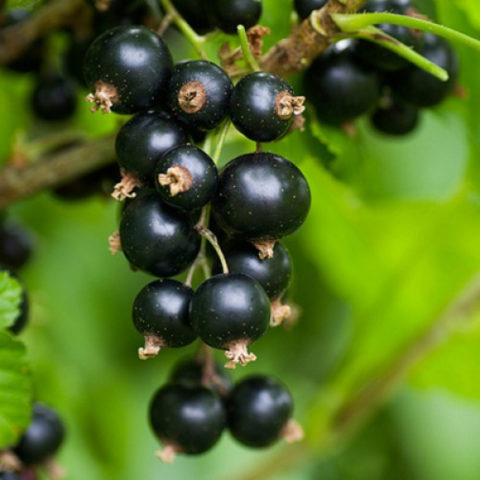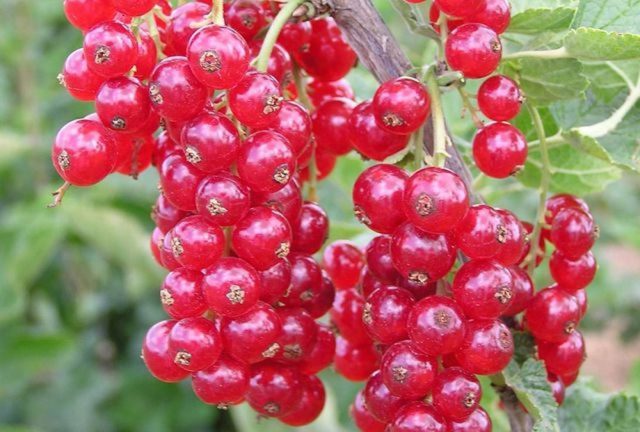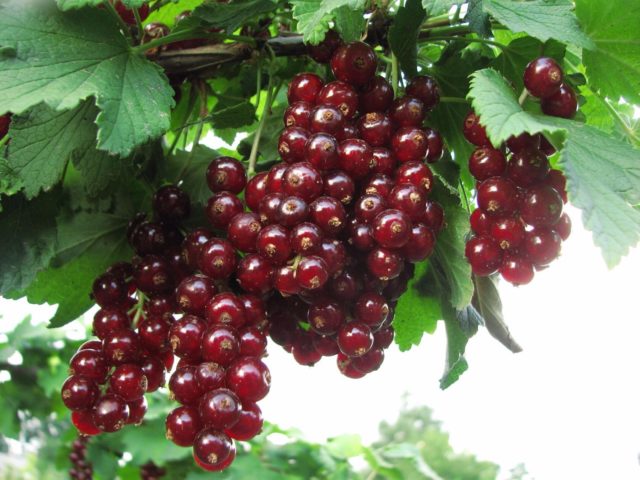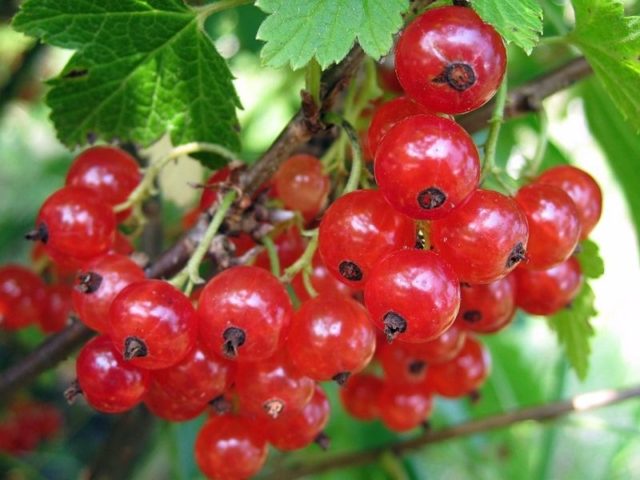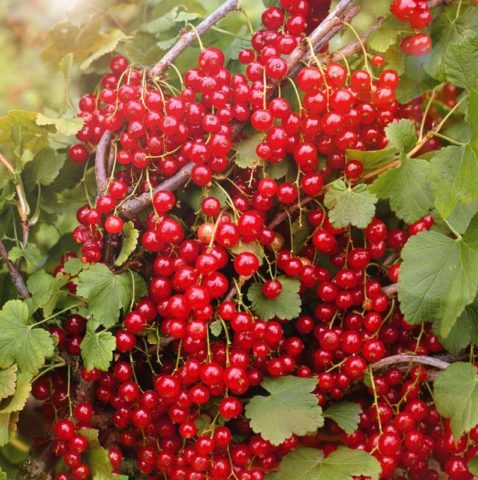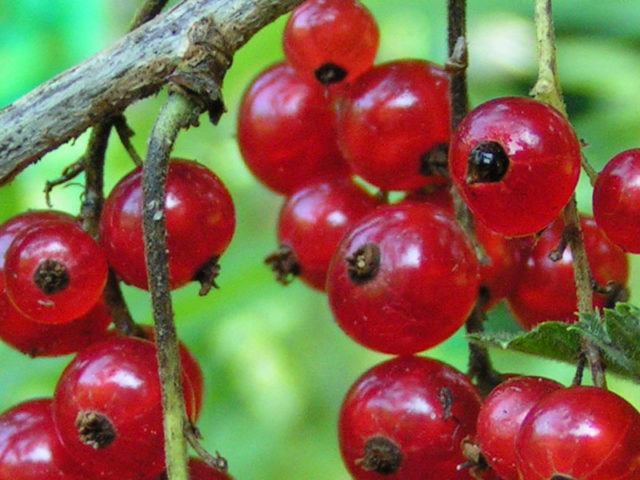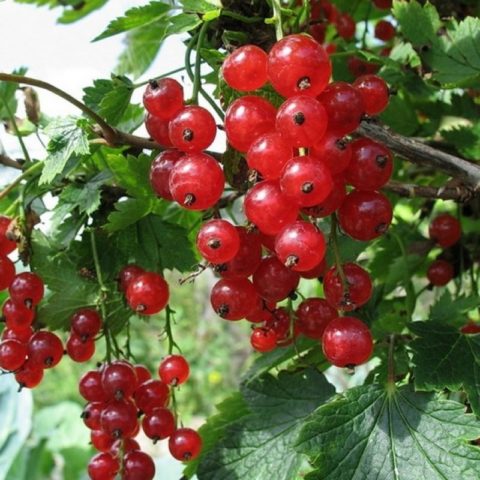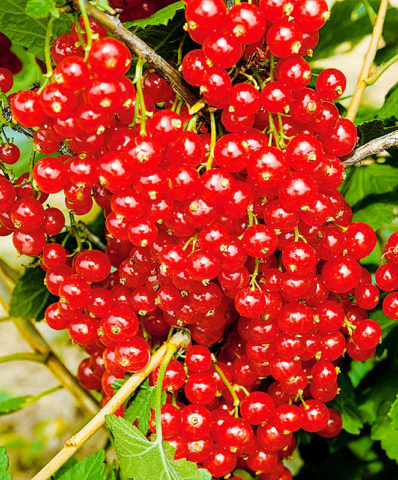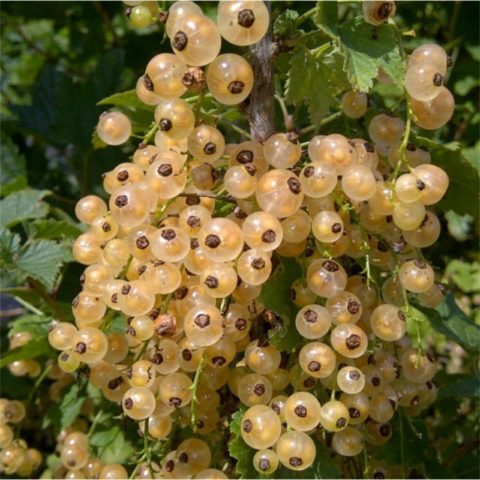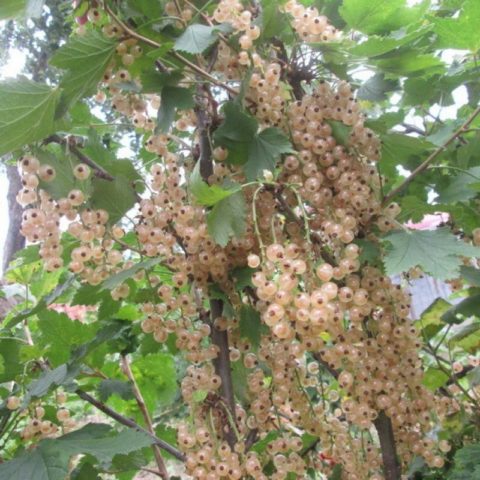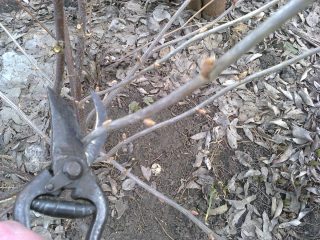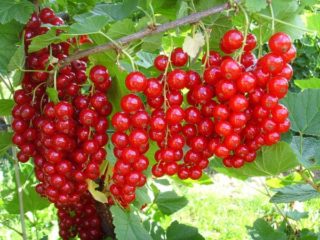Content
Currant is an unpretentious berry shrub that grows well in different regions. When choosing a plant, the quality of berries, yield, winter hardiness are taken into account. The best black currant varieties for the Urals perfectly tolerate the climatic conditions of this region. For planting, varieties with red and white berries are also chosen.
Features of currant varieties for growing in the Urals
For cultivation in the Urals, zoned varieties of currants are chosen. These plants have been tested and are well adapted to the weather conditions in the region. Many of them were bred by breeders of the Chelyabinsk and Sverdlovsk regions.
The best varieties of currants for the Urals have the following characteristics:
- large-fruited;
- self-fertility;
- high and stable yield;
- good taste of berries;
- spring frost resistance;
- high immunity to diseases;
- resistance to winter frost.
To obtain a high yield of currants in the Urals, it is important to choose a suitable place for the bush. A sunny place on the south or west side of the site is suitable for culture. During the growing season, plants are provided with care: feeding, forming a bush, preparing for winter.
The best varieties of black currant for the Urals
Black currant is prized for its delicious and healthy berries. The plant prefers loose fertile soil. Before planting crops in the Urals, humus and river sand are introduced into the soil. Her life span reaches 15 years or more.
Bagheera
The variety bears fruit in mid-late periods. The plant is medium in size, slightly spreading. Its branches are straight, yellowish. Fruits are large, spherical, up to 1.5 g. Scope of application - universal.
Bagheera is characterized by high winter hardiness and early maturity. The shrub is drought tolerant. The main drawback of culture is that it occasionally suffers from powdery mildew. The yield is about 3.6 kg. The fruits are stored for a long time and transported without problems.
Gross
Mid-season hybrid, which is a medium-sized shrub. Its fruits are large, with a maximum weight of 2.2 g. Their shape is round, the skin is black and shiny, the content of seeds in the pulp is average. The taste is rated as refreshing and sour. The scope of application is not limited.
Gross currant is valued for its resistance to frost, diseases and pests. The bush is self-fertile, annually brings up to 3.7 kg of berries. The disadvantage may be the spreading shape of the plant, which requires regular pruning and tying the shoots.
Hercules
This late-fruiting hybrid forms a tall shrub with straight shoots. Its berries are large, with an average weight of up to 4 g, of the same size, black, with a slight bloom on the skin. Seeds are small, light brown. The taste is assessed as excellent, dessert.
In the Urals, the Hercules currant brings a high and stable yield. It is not demanding on the composition and fertility of the soil.Its ovaries do not fall off after frost. The main disadvantage is the need to protect against kidney mites.
globe
A well-known variety, bred by Sverdlovsk scientists, which has high winter hardiness. Self-fertility of culture reaches 67%. The plant is compact, forms straight, powerful branches. A young seedling gives a moderate yield, as it grows, fruiting increases.
Flowering and ripening of this variety of shrubs in the Urals falls on the middle period. Its berries are round, large, weighing from 2 to 6 g. They are rather one-dimensional, have a dessert taste. Globus variety propagates well by cuttings. In a rainy summer, it is susceptible to powdery mildew and requires additional treatments.
Dashkovskaya
A dense, medium-sized bush that yields in the Urals in medium terms. Its berries are large, weighing from 2 to 6 g, spherical and one-dimensional, with a black skin. Their taste is excellent, sweet, estimated at 4.9 points. Self-fertility is increased, about 65%.
Dashkovskaya currant bears fruit stably. The shrub does not freeze in winter. Its resistance to most fungal diseases is increased, but spraying from septoria and kidney mites is required.
Green haze
Mid-season representative of culture. It is a slightly spreading bush, the branches of which are gray-yellow, straight, of medium thickness, berries weighing 1.6 g are spherical, black, with a glossy skin. When they are torn off, the juice is not released.
The taste of currant Green haze is sweet, with light sour notes. The productivity of the crop is high and stable. The scope of use is universal. The plant is resistant to winter cold and powdery mildew, but requires regular spraying from the kidney mite.
Miass black
Mid-ripening currant, approved for cultivation in the Urals. The plant is thickened, moderately spreading. Its shoots are brown, slightly deflected. Fruits 0.9 g in size are spherical, one-dimensional, sour-sweet.
The variety has a decent self-fertility - about 70%, as well as immunity from anthracnose. Its productivity is up to 3.3 kg, the culture of the Ural winters tolerates without problems. The disadvantage is the small size of the fruit.
Pilot
A well-known variety in the Urals that bears fruit in the late period. The bush is vigorous and fast-growing. The productivity of the plant is high and stable from year to year. The berries are enlarged, weighing up to 5 g, collected in loose clusters. Their skin is dense, but not coarse. Overripe currants have a better taste.
The Pilot variety reproduces well by cuttings and layering. The seedlings take root quickly after planting. The plant is not susceptible to powdery mildew, does not attract kidney mites.
Pygmy
Pygmy is a sweet blackcurrant variety for the Urals. Fruiting takes place in the medium term. The bush grows moderately. Its shoots are strong, straight, slightly spreading, light green. The currant is very large, weighing from 2.3 to 8 g, spherical, for dessert purposes. The skin of the berry is rather thin and black in color.
The Pygmy variety is highly productive. He has good immunity to fungal infections, but spraying from kidney mites and septoria is required.
Mermaid
Early ripening variety, it looks like a medium-sized shrub. Its branches are powerful, curved. The currant is large, weighing from 3 to 7.5 g, spherical, one-dimensional, has a black, thin skin, the flesh is sweet, with an insignificant content of seeds.
The plant is winter-hardy, its yield reaches 3 kg. Caring for the Rusalka variety in the Urals necessarily includes treatments for diseases and pests.
Slav
Mid-season compact variety. Its branches are thick, light brown, straight. Due to late flowering, the shrub does not suffer from spring frosts in the Urals and bears one-dimensional large fruits weighing up to 2.5 g, which remain hanging on the branches for a long time after ripening.The taste of berries is dessert.
Currant has high winter hardiness, bears fruit successfully without pollinators. Its ripening is simultaneous, not stretched out in time. The variety grows on any soil, is resistant to diseases and pests. Adult plants are sometimes damaged by bud mites.
Chelyabinsk festival
Mid-season hybrid, forms a medium-sized crown. Its branches are thin, green, curved. Berries weighing up to 2 g are rounded and one-dimensional. Their taste is sweet, with sour notes, the purpose of the variety is universal.
Chelyabinsk festival currant winters without problems in the Urals. Its yield is stable, about 4 kg. The shrub is rarely sick, resistant to kidney mites. The main disadvantage is the insufficiently large size of the fruits.
The best varieties of red currants for the Urals
The fruiting period of red currants reaches 25 years. Moreover, they are quite compact and do not take up much space on the site. In the Urals, the harvest is harvested in July. Ripe fruits remain hanging on the branches for a long time.
Delight
Early ripening variety. Forms a tall, spreading bush with numerous shoots. The branches of the bush are strong, flexible, medium in size. The berries are large, weighing up to 2 g, with a glossy red skin, sweet pulp, without sourness.
Currant Delight is distinguished by winter hardiness and productivity. The plant is unpretentious, bears fruit in any conditions, has a high immunity to disease. Maturation is simultaneous. The purpose of the variety is universal: fresh consumption and processing.
Garnet bracelet
The culture forms a somewhat spreading bush, of medium vigor. Its height reaches 2 m. The currant is bright crimson in color, oval in shape. Its size is 8 - 12 mm, weight - up to 4 g. Long clusters contain up to 10 berries, the skin of which is glossy, of medium thickness.
The pulp of the Pomegranate bracelet is juicy and has a pleasant sour taste. Productivity - high, up to 12 kg. The crop is used for making juices and compotes. The plant is resistant to drought and cold.
Ilyinka
Variety Ilyinka of the middle fruiting period. In the Urals, it grows into a dense, spreading bush. Its branches are straight, thick, green. Currant 1 - 1.5 g, one size, spherical, dark red. Its purpose is universal.
The plant brings a stable yield: up to 5 kg. Its winter hardiness is increased. The shrub is self-fertile, capable of forming ovaries without the participation of pollinators. Shoots are rarely affected by anthracnose and powdery mildew; they do not attract sawflies and other pests.
Marmalade
Yielding late currant for the Urals. Shrub of medium size, thickened, with spreading branches. Grows well both in sunny areas and in dark areas. He is not picky about the composition and fertility of the soil, he is not sick with anthracnose and powdery mildew.
The Marmaladnitsa variety brings high-quality berries weighing up to 0.8 g. Their shape is flat-round, the skin is orange-red, with noticeable veins. The pulp is sour, has a gelling effect. The currant hangs on the branches for a long time, does not crumble even after autumn frosts.
Dream
A vigorous shrub with many branches. They are of medium thickness, green in color. Foliage - matte, large, wrinkled. Currant - large, one-dimensional, berry weight exceeds 1 g. Its pulp is sweet, with a sour taste.
The Dream variety is winter-hardy enough for the Urals. Its productivity is increased, up to 7 kg. Self-fertility rates are high. Rarely, the symptoms of powdery mildew are diagnosed on the shoots. Regular spraying helps to solve the problem.
Natalie
A dense bush of medium vigor, which forms a crop in the middle period. Its shoots are not thick, straight, green. Fruits are large, spherical, slightly elongated, their weight is within 0.7 - 1 g. The scope of use is universal.
Self-fertile shrub, brings up to 4 kg of berries.Its resistance to frost is increased. In the field, Natalie currants are resistant to diseases and pests. An adult bush becomes more spreading. Under the weight of the harvest, the shoots lean to the ground, so a support is built for them.
Ural fires
The red currant of the Ogni Urala variety looks like a tall thickened bush. The branches of the bush are thin, green, curved. Fruits are of high quality, of the same size, weighing up to 1 g. Their peel is scarlet, the pulp is sweet, with sourness.
The winter hardiness of the variety is assessed as high. Productivity is up to 7 kg. Self-fertility reaches 50%. The plant is not susceptible to fungal diseases. The area of use of the fruit has no restrictions.
Dawn
Rassvetnaya currant fruiting occurs in the middle period. Her bush is of moderate vigor, slightly spreading. The branches are thin, green. The berries are spherical, with a thin red skin. The scope of destination is universal.
In the Urals, the Rassvetnaya variety tolerates winters well, does not suffer from pests and powdery mildew. The disadvantage is considered to be insufficiently large fruit size. Their weight does not exceed 1 g. Otherwise, the plant demonstrates high productivity and unpretentiousness.
Sugar
Sugar currant got its name from high-quality and sweet berries. The bush is vigorous, with upright branches. Up to 4 kg of the crop is harvested from it. The leaves of the shrub are bright green, medium-sized. The berry is ready for harvest early. Application of her dining room.
Fruits are in elongated clusters up to 9 cm long. Currants have an intense red color and a flat-round shape. The winter hardiness of the crop is high, the plant is not attacked by insects.
Ural Beauty
Small shrub with a large number of shoots. They are powerful and slightly curved. The fruits are large, of the same size, spherical. Their pulp is sweet, dessert, contains few seeds.
The yield of the Uralskaya krasavitsa variety is very high - up to 15 kg. The bush is winter-hardy, bears fruit stably, is not susceptible to powdery mildew. Occasionally it is affected by sawflies and moths, therefore it needs insecticide treatments.
The best varieties of white currant for the Urals
White currant produces beige or yellowish berries. Externally and in taste, the shrub resembles varieties with red fruits. The plant develops well in the Urals. It bears fruit in July and until late autumn.
White Potapenko
A kind of mid-early ripening. The shrub is slightly spreading, with medium-sized branches. Its foliage is bright green, glossy. The brushes reach 5 cm. The currants are leveled, spherical, weighing 0.5 g. The peel of the fruit is white-yellow, the flesh is sweet with a sour taste.
Belaya Potapenko has high winter hardiness. The flowers can withstand the drop in temperature in spring, which often happens in the Urals. The bush bears fruit annually. Ovaries can form without pollinators.
Versailles white
The Versailles white currant, bred by French breeders, has been known since the end of the 19th century. It forms a medium-sized bush with spreading branches. Even its annual shoots are thick, green. Berries larger than 1 cm are located in elongated brushes. Their shape is spherical, the flesh is yellowish, the skin is transparent.
Versailles white is rarely affected by powdery mildew, but needs to be sprayed with anthracnose. Cold hardiness of the plant is above average. Its shoots are brittle, require careful handling.
Smolyaninovskaya
Smolyaninovskaya currant is harvested in the mid-early period. Shrub with abundant shoots, slightly spreading. Its branches are strong, shiny, light green. Fruits weighing 0.6 - 1 g of spherical or oval shape. Their flesh and skin are whitish, transparent.
The variety has good cold resistance. Its self-fertility is at an average level, the presence of pollinators positively affects the yield. Usually, when grown in the Urals, the bush brings up to 5.2 kg of berries. Resistance to diseases and pests - increased.
Ural white
The bush is thickened, its shoots are slightly spreading. Branches are light green, flexible, not thick. The weight of the berries does not exceed 1.1 g, they are of the same size, spherical in shape. Skin color is yellow, flesh is sweetish. The variety was created specifically for cultivation in the Urals.
Ural white yields a crop in the mid-early period. Up to 7 kg of fruits are removed from the shrub. The plant is self-fertile, resistant to powdery mildew. In some years, symptoms of anthracnose appear.
Jüterborg
The Uterborg currant was brought to the Urals from Western Europe. The crown of the culture is thickened, spreading, hemispherical in shape. Its shoots are strong, gray in color, curved. The leaf blade is rough and dense, with pronounced lobes.
The shape of berries more than 1 cm in size is spherical, slightly flattened on the sides, their color is cream, almost colorless. The Yuterborg variety is widely used for processing. Its yield is increased, reaching 8 kg. Resistance to diseases and pests is average, increased due to preventive treatments.
Conclusion
The best blackcurrant varieties for the Urals bring a good harvest of quality berries. They are winter-hardy and develop without problems in the climatic conditions of the region. For planting, choose varieties with black, red or white berries.
